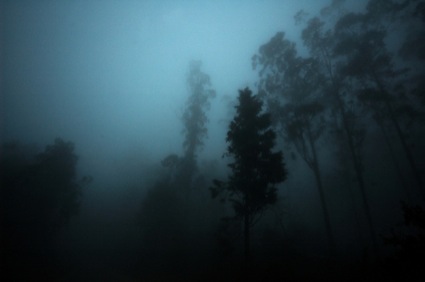The mysterious forest of Broceliande figures heavily into Charles William’s account of Arthurian legend. It’s kind of in Wales, and kind of in the ocean, and is more of a fairy place that can’t always be gotten to. Both Carbonek (home of the Holy Grail) and the castle of the headless emperor on the edge of hell lie within it. Few who go deep within it ever come out. The ones that do are either astonished, like children, or lost in a bitterness the remainder of their life.

A casual glance may see it as simply an interesting stage for stories and adventures, just about anything you like, to happen, but it is so much more than that.
In a writer whose philosophy was Pantheistic or whose poetry was MERELY romantic this formidable wood rom whose quiet and timeless fecundity ‘the huge shapes emerge’ would undoubtedly figure as the Absolute itself. And indeeed Broceliande is what most romantics are enamoured of; into it good mystics and bad mystics go: it is what you find when you step out of our ordinary mode of consciousness. You find it equally in whatever direction you step out. All journeys away from the solid earth are equally, at the outset, journeys into the abyss.
Saint, sorcerer, lunatic, and romantic lover all alike are drawn to Broceliande, but Carbonek is beyond A CERTAIN PART of it only. It is by no means the Absolute. It is rather what the Greeks called the Aperon – the unlimited, the formless origin of forms. Dante and D. H. Lawrence, Boehme and Hitler, Lady Julian and the Surrealists, had all been there. It is the home of immense dangers and immense possibilities.
-C.S. Lewis, Williams and the Arthuriad, ch.2 p.101
